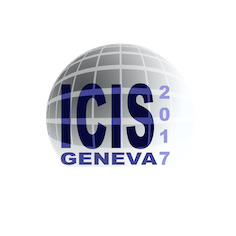Speaker
Description
The Gothenburg ANion Detector for Affinity measurements by Laser PHoto-detachment (GANDALPH) has recently been built to determine the electron affinity (EA) of radioisotopes by laser photodetachment spectroscopy. As a proof-of-principle, the EA of the 128-iodine negative ion, produced at the CERN-ISOLDE radioactive ion beam facility, was measured with GANDALPH – representing the first ever photodetachment measurement of a radioactive isotope. This is a milestone towards the determination of the EA of the radioactive halogen astatine (At), the rarest naturally occurring element on Earth. The EA of astatine, together with the previously measured first ionization potential (IP) gives valuable benchmarks for quantum chemical calculations predicting the chemical properties of this element and its compounds.
GANDALPH is undergoing several upgrades in order to improve its suitability for the study of low intensity beams (<1 pA) of negative radioactive astatine ions that may be expected at ISOLDE. To facilitate offline testing and fine-tuning of the neutral atom detector, as well as to test electrostatic elements in the beam-line, a dedicated off-line negative ion source has been conceived.
We will introduce the general concept of the GANDALPH experimental beam line and the envisioned measurements at ISOLDE. A detailed description of the ion source and its parameters will be given in addition to a summary of the first results obtained from off-line experiments.




